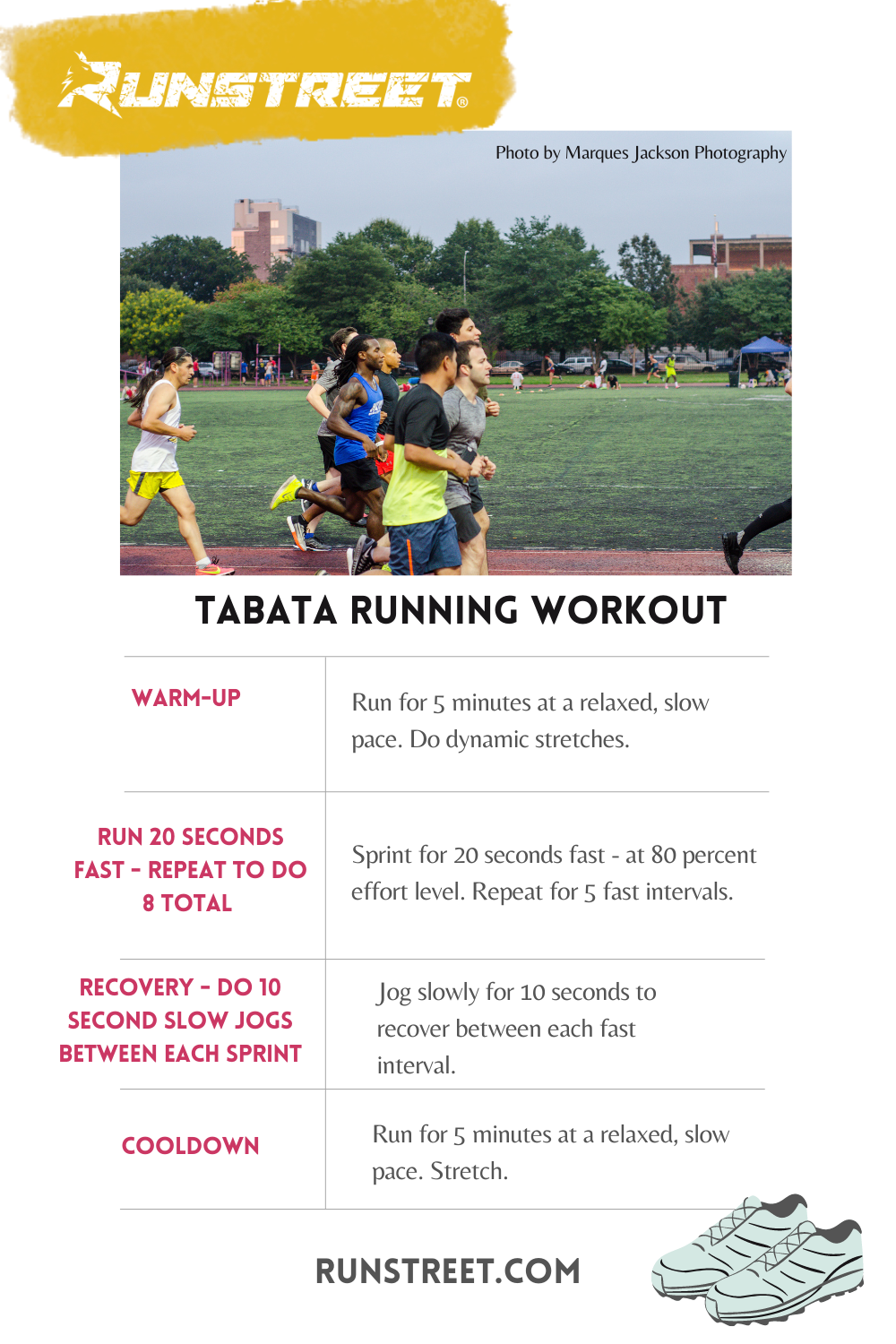Conquering Discomfort in Operating: Approaches and Techniques That Job
Discomfort is a typical friend for numerous joggers, commonly working as a barrier to attaining their desired objectives. With the ideal methods and techniques, it is feasible to get over and also stop the pain connected with running. By checking out various methods such as understanding the different sorts of running pain, optimizing footwear and form, incorporating cross-training and toughness exercises, applying reliable healing methods, and preserving proper nourishment and hydration, runners can potentially minimize their discomfort and boost their total running experience.
Comprehending Various Kinds Of Running Discomfort

Another kind of running pain is joint pain, which can manifest as a sharp or throbbing pain in locations such as the knees, hips, or ankle joints (running strategy). Joint discomfort might be brought on by factors like improper running kind, overuse, or underlying problems like joint inflammation (check out more here). It is very important to set apart between muscle mass discomfort and joint discomfort, as the latter may require clinical focus to avoid more injury
Understanding the various types of running discomfort is important for reliable management and avoidance methods to ensure a risk-free and delightful running experience.
Proper Footwear and Running Kind
To optimize performance and decrease the risk of running-related injuries, selecting ideal shoes and keeping proper running form are essential parts for runners of all levels. Appropriate footwear plays a vital duty in supplying support, cushioning, stability, and protection for the feet and reduced arm or legs. It is advised to choose running shoes that are especially developed for the person's foot kind, running stride, and the kind of running task they participate in. Getting fitted for footwear at a specialty running store can assist make sure the right fit and assistance.

Cross-Training and Stamina Workouts
Taking part in cross-training and integrating toughness exercises into a running routine can significantly improve general efficiency and lower the chance of injuries. Cross-training, such as cycling or swimming, helps enhance cardiovascular fitness while giving running muscle mass a break from repetitive influence. It also assists reinforce different muscular tissue teams, resulting in better overall body conditioning. Strength workouts, like squats, lunges, and core workouts, play a crucial role in supporting muscular tissues and enhancing running performance. They can correct muscle inequalities, boost dexterity, and boost power output, every one of which are important for running efficiency.
Integrating cross-training and toughness workouts into a running program should be done strategically. It is important to enable appropriate rest between running sessions and cross-training tasks to stop overuse injuries. In addition, concentrating on appropriate type and method throughout stamina exercises is vital to maximizing their advantages and lowering the risk of injury. By integrating these aspects into a running regimen, runners can develop a stronger foundation, boost performance, and delight in a more sustainable running experience.
Recovery and Rest Techniques
Having developed the value of cross-training and stamina exercises in a detailed running routine, interest can currently be guided towards Healing and Rest Techniques as important elements for optimizing efficiency and decreasing the danger of injuries. (running workout)
Recuperation after running is vital for muscular tissue repair and development. Techniques such as foam rolling, stretching, and massage aid in decreasing muscle mass discomfort and boosting versatility. Appropriate rest between runs permits the body to recover and adapt to the physical anxiety, protecting against overuse injuries.
Including active recuperation days into a training timetable, where low-intensity tasks like walking or cycling are carried out, can enhance blood flow and advertise recovery without placing excess strain on the muscular tissues. In addition, proper hydration and nourishment play a crucial duty in the recuperation process by renewing lost liquids and nutrients.
Quality rest is one more essential element of recuperation that must not be forgotten. During rest, the body undertakes repair and regeneration procedures, adding to overall physical and psychological health. home By prioritizing recuperation and remainder techniques, runners can maintain optimal performance degrees and decrease the probability of experiencing discomfort or injuries.
Nourishment and Hydration for Runners
How can joggers enhance their efficiency via appropriate nourishment and hydration methods? Nutrition and hydration are crucial facets of a jogger's training routine, playing a critical role in performance, endurance, and healing. To enhance efficiency, joggers must focus on taking in a well-balanced diet that includes carbs, proteins, healthy and balanced fats, vitamins, and minerals. Carbs provide power for running, while proteins help in muscle repair work and healing. Healthy and balanced fats support overall wellness and assistance in taking in crucial nutrients. Appropriate hydration is likewise vital to keep ideal efficiency, as even moderate dehydration can negatively affect running performance. Joggers should consume alcohol water before, during, and after their go to stay hydrated. Electrolytes, such as salt and potassium, are also crucial for maintaining liquid balance and muscular tissue function - running strategy. Additionally, timing dishes and treats properly prior to runs can assist prevent intestinal pain and offer the essential energy for peak efficiency. By taking note of their nourishment and hydration, runners can enhance their endurance, quicken recuperation, and carry out at their best.
Verdict
To conclude, by understanding the different kinds of running discomfort, putting on correct footwear, maintaining right running type, including cross-training and toughness workouts, focusing on recovery and rest, and focusing on nutrition and hydration, runners can efficiently get rid of discomfort and boost their efficiency. Applying these strategies and techniques can help joggers prevent injuries, improve their endurance, and ultimately delight in a much more fulfilling running experience.